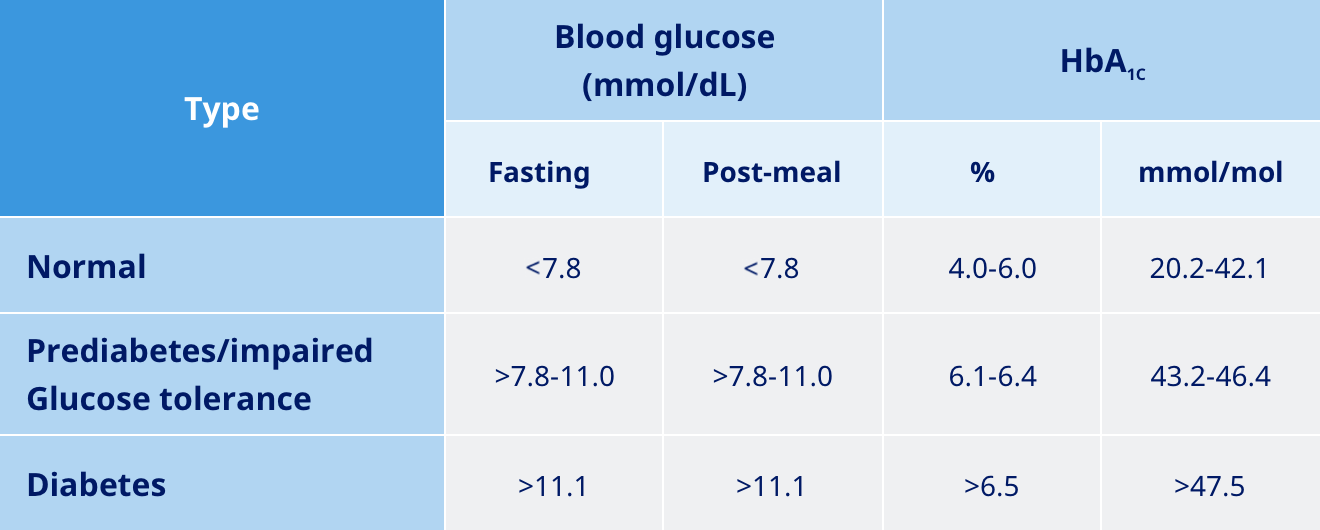
Living with your diagnosis - what's next?
Once you are diagnosed, you can start taking steps to get your health under control and avoid serious complications.
Type 2 diabetes is a chronic disease that occurs when your body cannot make enough insulin – the hormone that controls the amount of glucose in your blood – and cannot use the insulin it does make effectively. This is called insulin resistance and it develops over months, or even years.
"Control, in my life, is awareness - to be aware of the danger and of the consequences."
Type 2 diabetes develops gradually, so you may not even notice the symptoms until they become obvious. This is dangerous, as high blood sugar levels may already be damaging your body.
Some of the signs include:
The causes of type 2 diabetes are not fully understood, but it is linked with being overweight or living with another chronic disease like obesity, as well as with family history and ethnicity. While genes have a role to play, your lifestyle choices are also very important. A healthy diet and regular exercise will reduce your chances of developing type 2 diabetes – even if the disease runs in your family.
"Control, in my life, is awareness - to be aware of the danger and of the consequences."
Are you at risk of developing diabetes, or do you have it already?
Around 50% of people with type 2 diabetes do not know they have the
disease and risk developing serious health complications as a result.
Being middle aged or older, being overweight or having a family
history of type 2 diabetes all increase your risk of developing the
disease. Knowing your risk and getting screened early are simple steps
towards a longer, healthier life.
If you suspect that you have type 2 diabetes, see your doctor. There are several tests that you will need to take to diagnose type 2 diabetes. The initial test is a fasting (nothing to eat or drink for 8 hours) blood sugar test. An HbA1C test may also be taken. This will measure your average blood sugar levels over the past two to three months and does not require fasting.
If your blood sugar levels are above normal, but do not confirm type 2 diabetes, a glucose tolerance test may be taken. Your fasting blood sugar level will be measured, after which you will consume a sugary drink and have your levels measured again two hours later.
Normal blood sugar levels and levels that indicate type 2 diabetes and 'prediabetes' (elevated levels indicating that you are at risk of progressing to type 2 diabetes) are compared below.

Learn more about insulin, blood sugar and their effects on your body.
If you do have type 2 diabetes and manage your disease well, you can expect to live an active and independent life. But, you will need to make changes to the way you care for your health and plan carefully for certain activities and occasions.
Diagnosed early, type 2 diabetes can be controlled with diet and exercise. If these are not enough to control your blood sugar levels, you may also need to take GLP-1 or insulin treatment.
Learning to balance your diet, physical activity and blood sugar levels and being able to adapt to different circumstances will help you live life to the fullest and avoid serious health problems. Getting the right information and support after your diagnosis is your first step towards better long-term health.
If you are living with or caring for someone with diabetes, there are also steps that you can take to help them adjust to life with this disease.
